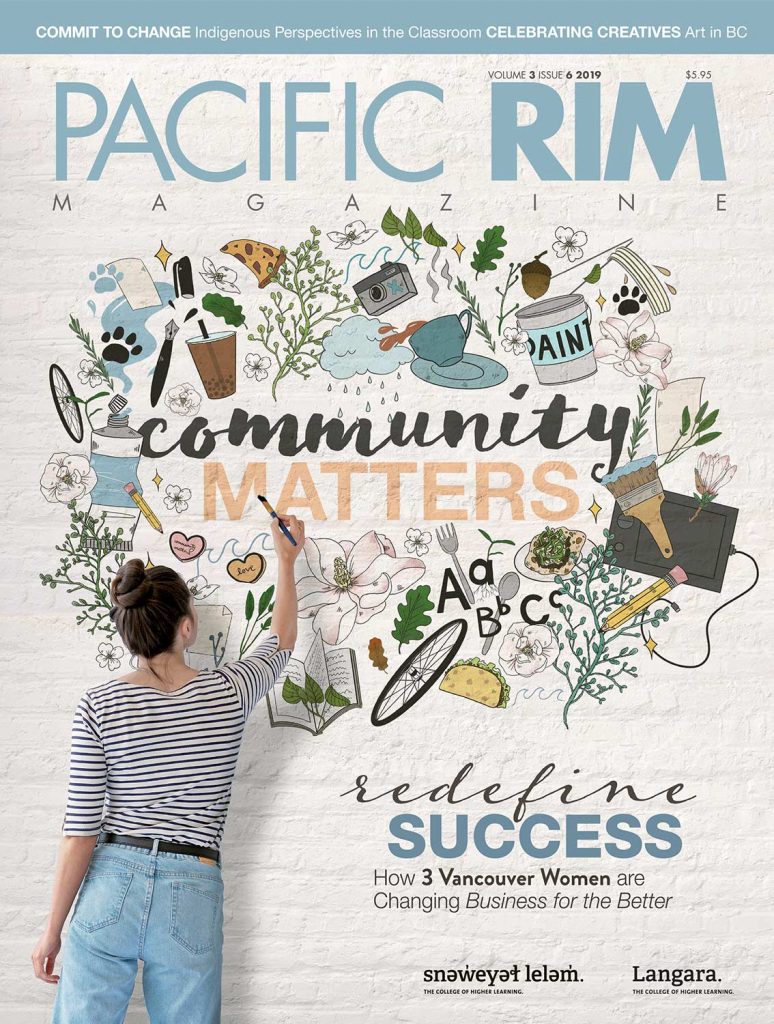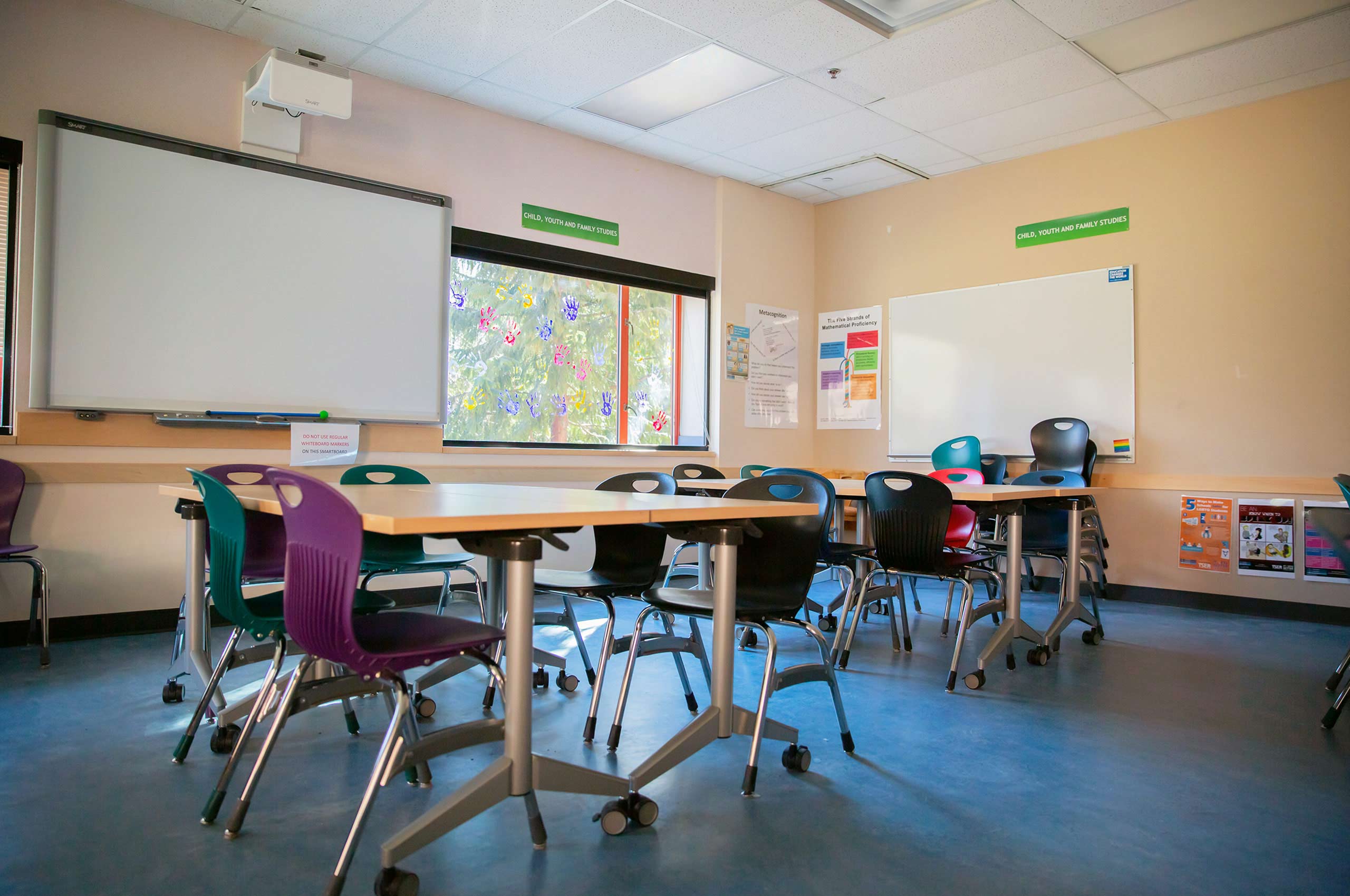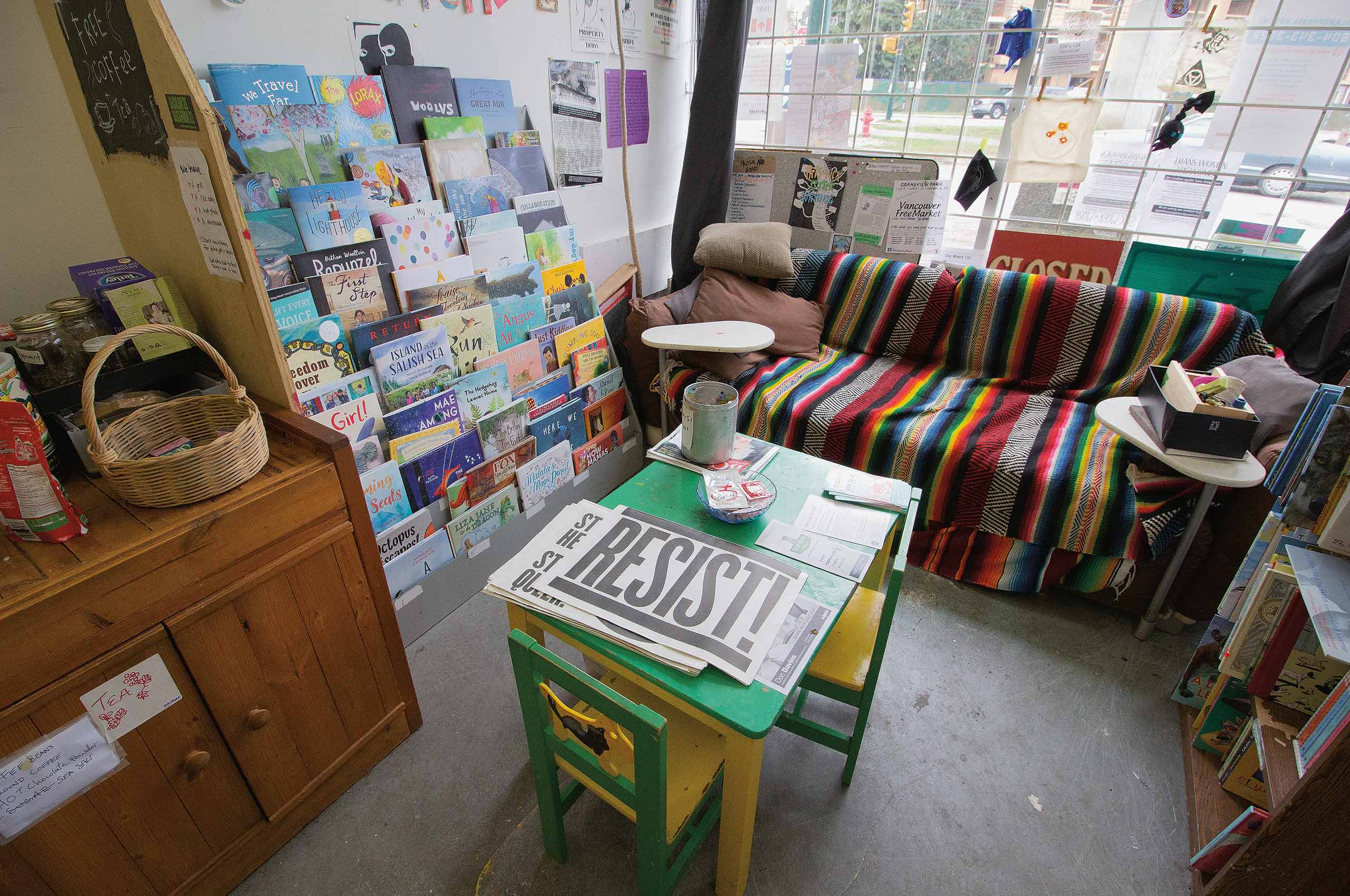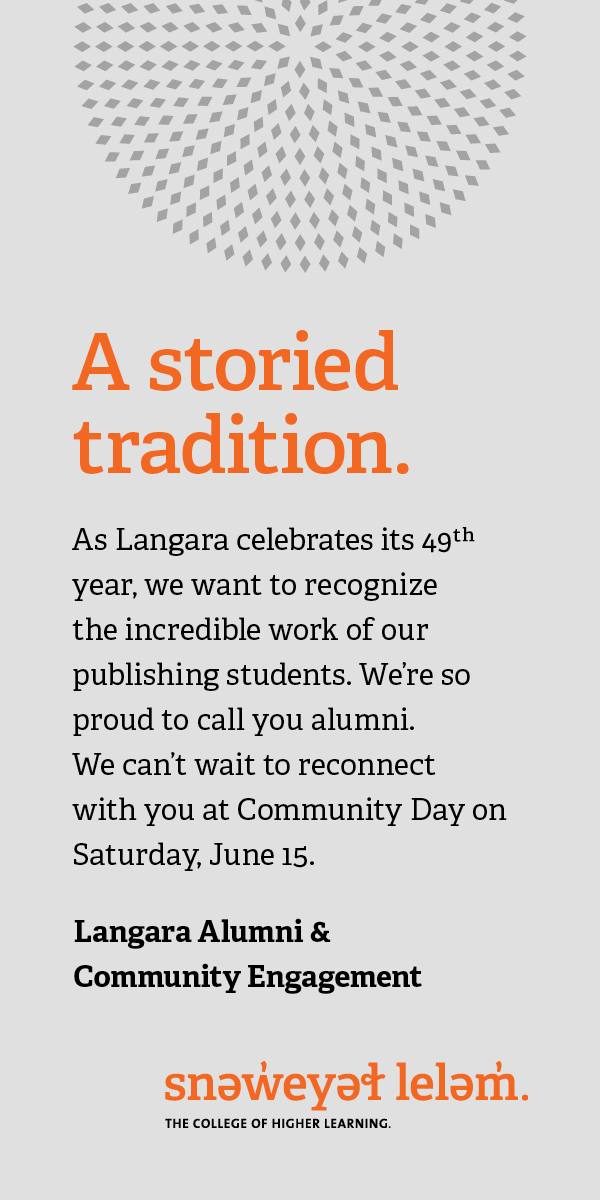The last time Amanda Jones saw her younger sister Amy was September 17, 2017.
On that day “I went looking for her, combing East Hastings, which is like trying to find a needle in a haystack,” she says. “I was in the Downtown Eastside Women’s Centre and had just given up for the day. I left a message for Amy to call me and as I turned to leave, she walked through the door from the street, almost right into me. For a split second, I almost didn’t recognize her.”
After spending some time together, “we made plans to meet up the following weekend. Then I hugged her, kissed her on the cheek, and we said ‘I love you.’ And that was it.”
Amanda is a mother of two who lives in Nanaimo, BC, and attends Vancouver Island University. She is passionate about addressing the homelessness crisis and has “learned by personal experience the consequences of trauma and untreated mental health issues.” Her younger sister has been dealing with homelessness since 2016.
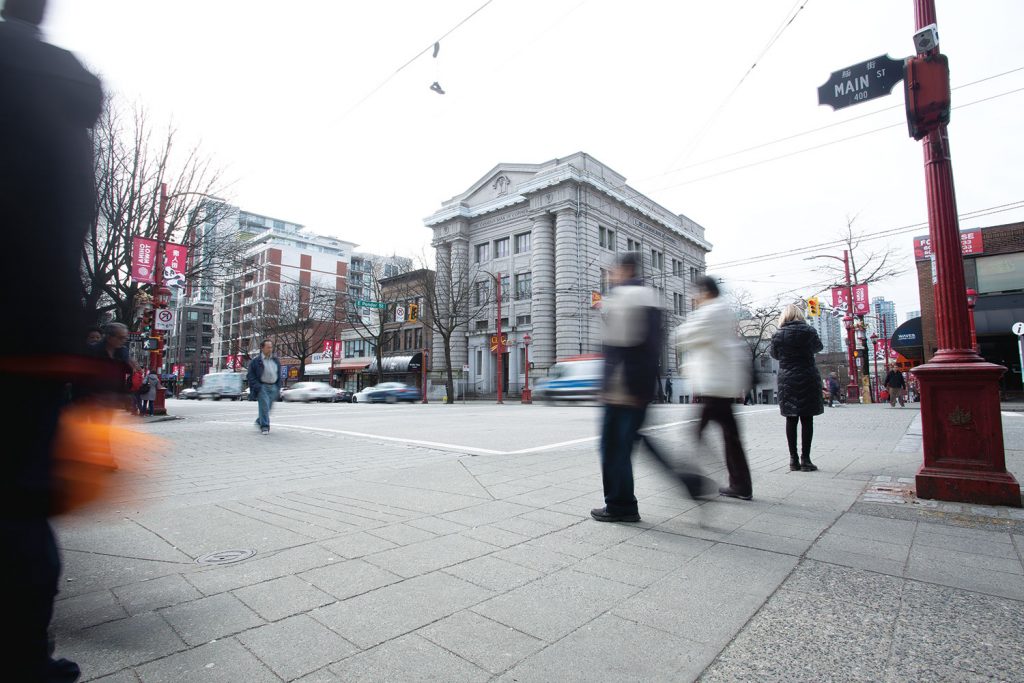
A Matter of Survival
The 2018 Vancouver Homeless Count found 2,181 people living on the streets or in shelters in the city alone, the highest count on record. The year prior, another count coordinated by the BC Non-Profit Housing Association reported the homeless population in all of Metro Vancouver to be 3,605. As the Final Report of the count states, all homeless counts underestimate the population. Not all homeless people are visible on the day of the count, either by choice or logistical inability of volunteers to be everywhere at once. Ethel Whitty, the director of Homelessness Services for the City of Vancouver and former director of the Carnegie Community Centre, attributes the number of homeless people to high rents and a lack of available housing.
Yet many choose to stay in Vancouver. “It’s a matter of survival,” Whitty says. Finding a rental is difficult without a current address and regardless, “people on income assistance have $375 a month to pay for rent. That doesn’t get you a room anywhere in the lower mainland.” At least in Vancouver people can make use of the services offered in the Downtown Eastside.
South of the Border
As the homelessness crisis worsens, Vancouver must look south of the border to its Pacific Northwest neighbours, Seattle and Portland. Their successes and failures could suggest new ways of coping with homelessness.
Portland City Council declared a housing emergency in 2015, following what the official ordinance describes as a “more than 30 per cent increase in average rents” since 2010. In response, the Multnomah County Chair, Deborah Kafoury, instituted no-turn-away shelters throughout the county. According to his Seattle Times article, “Portland wanted to shelter every homeless family. The plan backfired, but it offers lessons for Seattle,” Scott Greenstone reports that there were no limitations on where people could come from to use these shelters. This resulted in the policy ending “with a blown budget, overflowing family shelters, and nearly 100 families staying in motels, with the county footing the bill.”
The 2017 Point in Time Count reported that while there are higher numbers of homeless people in Multnomah County, the number of people sleeping on the streets has “dropped nearly 12 per cent since 2015” and the “unsheltered population count is the lowest it has been since 2009.” Portland City Council voted to extend the state of emergency several times since the original declaration according to council ordinances, most recently in February 2019, to divert more funds into housing solutions.
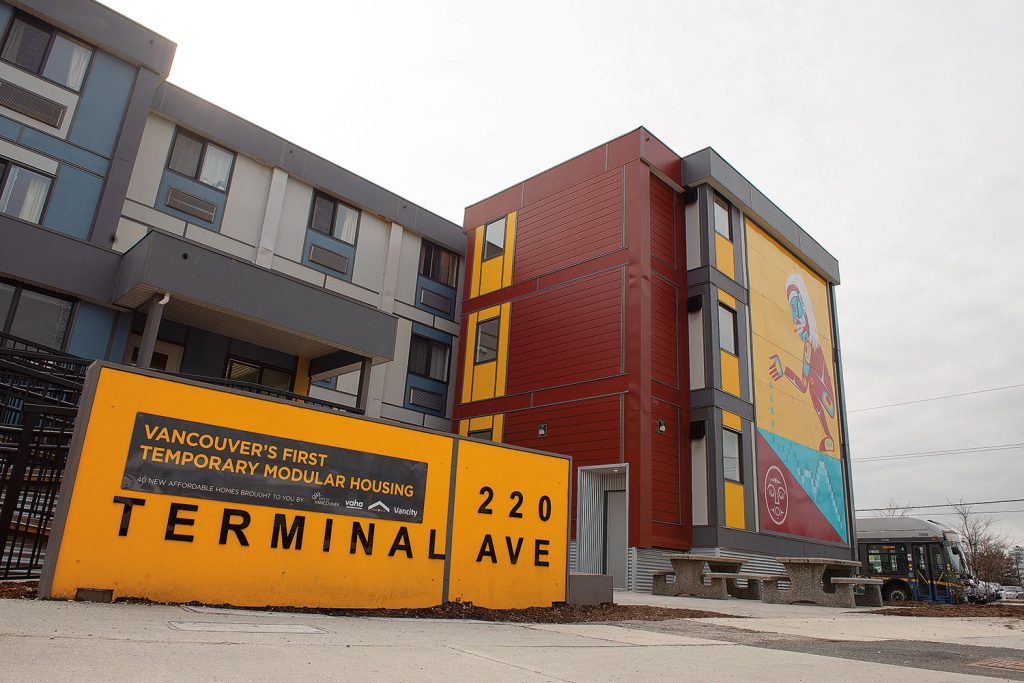
The state of emergency spurred organizations to increase efforts. A Home For Everyone is a Portland homelessness reduction strategy that provides shelter in the form of “publicly funded year-round beds” as well as transitioning people to permanent housing. Between January 2016 and the 2017 count, more than 600 shelter beds were added, “nearly doubling” what was previously available. JOIN, an outreach program in Portland, reported on their website that they helped “895 individuals transition from homelessness to permanent housing” in 2016, including “160 families caring for 303 children.”
While these efforts are promising, they are not enough to keep up with demand. According to the City of Portland’s “Homelessness/Urban Camping Impact Reduction Program,” strategies are in place to manage the homelessness crisis until more long-term solutions are reached. It’s a matter of time and resources.
The All Home King County’s “Strategic Plan,” a 10-year plan to end homelessness, successfully helped almost 40,000 people out of homelessness from 2005 to 2015. The election of socialist Kshama Sawant to city council in 2013 may have helped Seattle’s housing situation. In 2014 Seattle was among the first US cities to commit to the goal of a $15US minimum wage. With incremental increases, the city projects that by 2021 all employees will earn a minimum of $15US per hour, according to Seattle’s Minimum Wage Ordinance. Yet Seattle and the surrounding King County found 12,112 homeless in their 2018 homeless count, with 52 per cent living unsheltered.
In May 2018, a head tax on employees was passed that would “raise at least $45 million over five years” for supportive infrastructure for the homeless population. Eric M. Johnson reports for Reuters that the tax was repealed less than a month later due to pushback from large corporations, in his article “Seattle City Council repeals ‘head tax’ weeks after enactment.”
A Place to Call Home
Sheltering people is not enough; it is not a permanent solution. To fully transition out of homelessness, one needs a place to call home.
Whitty thinks ‘home’ is a matter of autonomy. To have your own space, “your own bathroom, to have your own kitchen, to provide for yourself, to not be dependent on others to provide you meals, for instance. Just to be able to make your own cup of tea in the morning,” she says. “These are really important things for a person to feel like they can get back on their feet and start to live a life of dignity.”
Anne Roberts, retired Vancouver city councilor and journalist, ran with Coalition of Progressive Electors (COPE) in the 2018 City Council election. She thinks that the housing discussion should focus on “the plight of tenants, renters, and homeless people,” as so many are “right on the edge of not being able to afford their housing.” Roberts believes that housing should be a government issue, and the current system focuses too much on profit margins rather than creating the affordable housing solutions Vancouver desperately needs. “I do think we need to set up a public system so that enough housing can be created,” she says. “It’s a human right … it should not be a charity.”
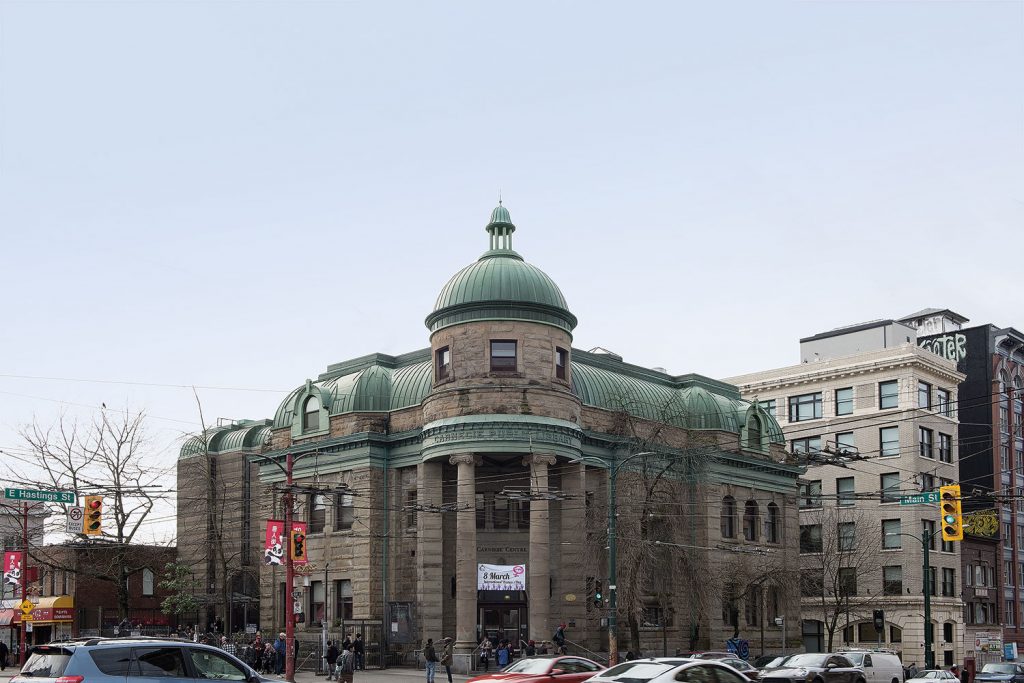
Until there is a significant change in government policies, programs like Carnegie Centre Outreach continue to do the best they can to help individuals get their lives back on track.
Whitty says that Carnegie Community Centre helps roughly 4,000 people a year from the Metro Vancouver area. Whitty says that many of Carnegie’s clients are on the edge of homelessness and are “seeking support with income assistance, or their [assistance] application or their papers or they can’t pay their rent that month.” About half of those people are new clients, suggesting that for many this is a temporary situation, and for others, it is a long-term struggle.
Carnegie Community Centre receives funding from municipal and provincial agencies. Whitty says their biggest barrier is housing or lack thereof. When Carnegie Centre Outreach first started their housing initiative in 2006, they “could get someone off the street in one day,” but now it might take more than a month. “You can’t solve homelessness one by one, however, that one by one is the most important thing … to those folks who are sitting in front of you,” Whitty says.
Moving Forward
Having seen her sister struggle, Jones feels as though the system is “not geared to help [people] back up,” and that Canada needs change. Although the situation is desperate and many people are hard to house, Whitty says that “homelessness is pretty fluid” and that of the almost 2,200 homeless counted in Vancouver in 2018, half had been homeless for less than a year. The 2017 count found about the same number of people, meaning that “half the people that were counted last year aren’t homeless this year.” If there is anything, there is hope.
From her time in politics, Anne Roberts finds that “people don’t want to talk about taxes,” but they are willing to pay for services that benefit them and the community when asked. She suggests putting pressure on the government for change. She says to “let government know that that is your priority and that’s what you support, that’s what you want done. I think that kind of pressure can really achieve results.”
*Following our interview with Ethel Whitty, she left her position as Director of Homelessness Services for the City of Vancouver in December of 2018. We wish her all the best in her future endeavours.






